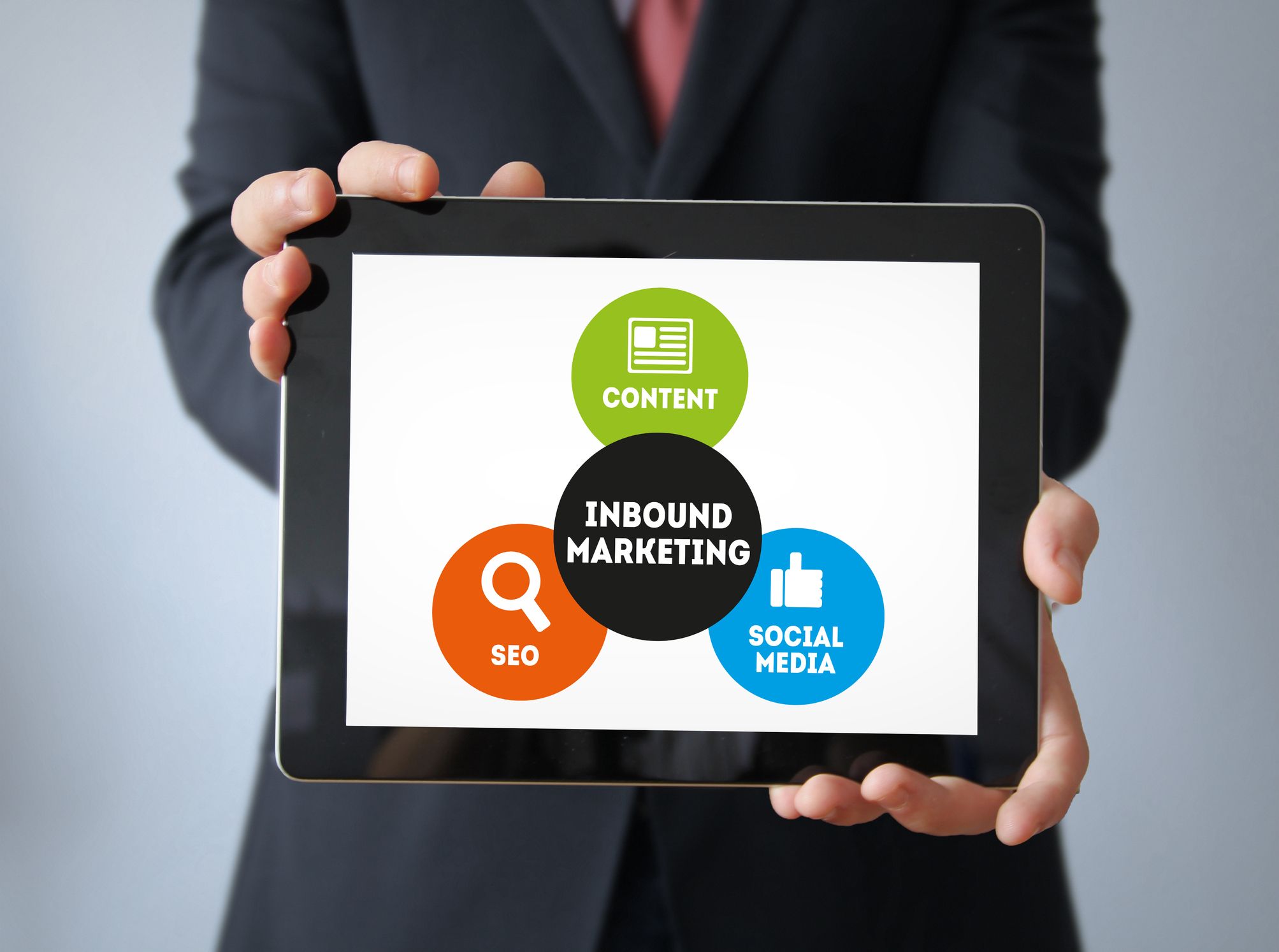
5 Inbound Marketing Metrics That Don’t Matter
 Data is important; metrics are important; analytics are important—you’ve heard it all before, right? Then, you saw it in action and knew that data, metrics, and analytics are the keys to successful inbound marketing. Without data, you’re working blindly. But with metrics, you can learn the behaviours of your visitors and what will successfully transform them from visitors to buyers.
Data is important; metrics are important; analytics are important—you’ve heard it all before, right? Then, you saw it in action and knew that data, metrics, and analytics are the keys to successful inbound marketing. Without data, you’re working blindly. But with metrics, you can learn the behaviours of your visitors and what will successfully transform them from visitors to buyers.
Not all metrics are created equal, however. There are many easy-to-track inbound marketing numbers that, ultimately, just don’t mean that much to your end goal. They take your time away from the metrics that really do matter.
Here are five inbound marketing metrics that don’t matter.
1. Email Opens
It seems like an important metric, right? If someone opens your email, it means they were interested enough in your message to do so. But the truth is email opens is a very deceptive number. A high number may look great, but what does it actually reflect?
If a person opens your email, maybe it was the subject line that intrigued them, rather than your message. Maybe it was a false open, or even still, didn’t register as an open at all (depending on the user’s email client settings).
The truth is click-through rates are much better to track than simple email opens. This way, you know not only that someone’s attention was captured by your email, but they were interested enough to learn more. Click-through rates can help ensure your email marketing is working.
2. Social Media Likes
“Likes” are vanity metrics. They do one (kind of) consequential job—that is, more likes mean your content is more likely to maybe show up in someone else’s feed—but beyond that, it’s a fluff number.
Again, you’re more interested in knowing how many people click through to your website than whether or not they thought to click a digital button as they scrolled past.
3. Impressions
Impressions are really easy to rack up, but that’s because they don’t necessarily mean that someone saw your content. In theory, impressions define how many sets of eyes saw your content, but if they never actually read your post, it doesn’t mean much.
This is going to become an old tune, but click-throughs and conversions are much better. That way, you know people are actively engaging, not just passively viewing.
4. Followers
It’s good to have followers—as followers can translate into buyers—but only if you’re actually nailing the dismount and converting them into buyers. Rather than spending a lot of time trying to rack up huge follower numbers, spend your energy on learning how to convert a follower into a buyer. The ROI will be much better.
Once you’ve got that strategy down, then you can try increasing your followers. But make sure your follower growth plan scales and fits into your “conversion” strategies. Otherwise, you’re right back at the beginning.
5. Context-Based Metrics
There are a few of metrics that probably don’t mean a lot (but potentially can), including bounce rates, A/B testing results, and time on site. These three metrics are very context-based, and a high or low score doesn’t necessarily mean bad things. For example, a low time-on-site score for your landing page is good—you don’t want people hanging around there (you want them to click through to purchase)!
Whatever metrics you find important to your inbound marketing strategy, just make sure that what they tell you is informative and help you meet your goals.
CEO and Chief Revenue Scientist
Melissa McLaren, Content Marketing Specialist
Eliminate Hit-or-Miss Marketing Moves
Get advice, tips, tools and guidance to generate more leads for your company in this weekly email newsletter.



Eliminate Hit-or-Miss Marketing Moves
Get advice, tips, tools and guidance to generate more leads for your company in this weekly email newsletter.













